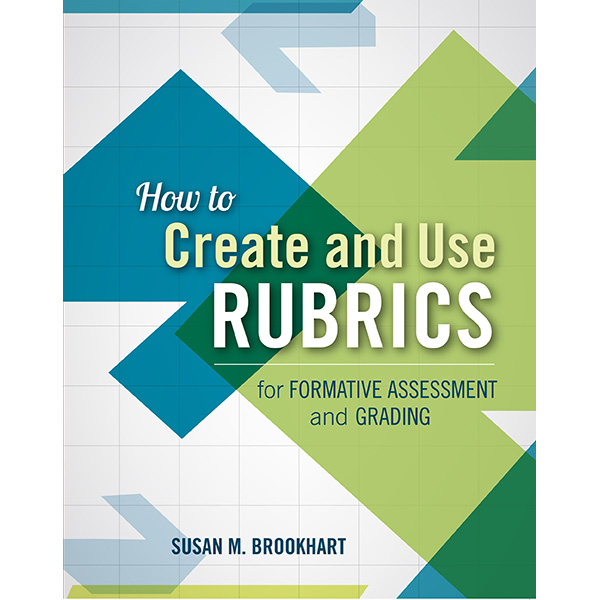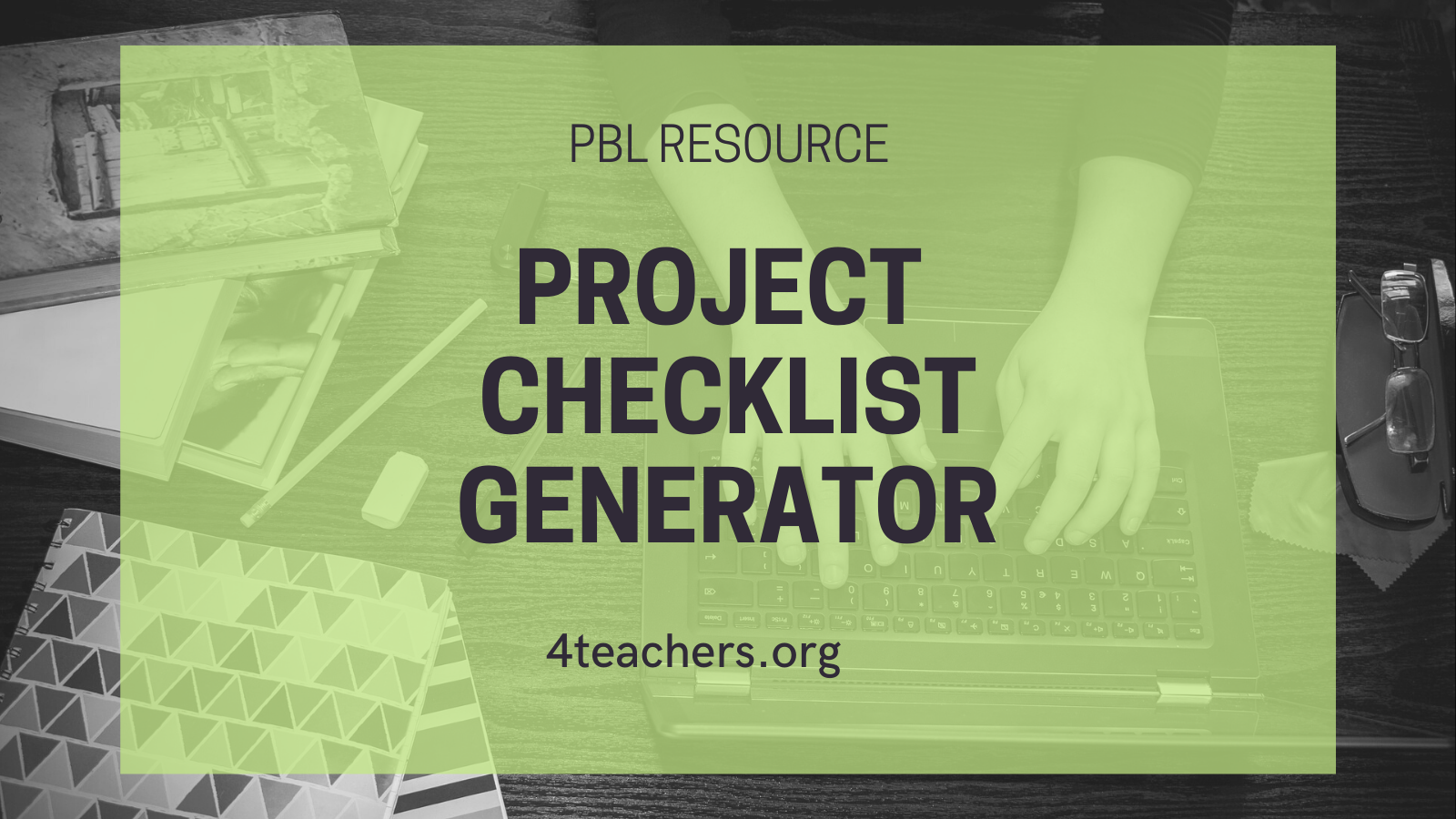Whether planning a single lesson or an entire curriculum, the focus should begin and end with the intended learning for students. Simply put: What do you want your students to know and be able to do?
When considering a new PBL design, it may be helpful to reflect on content that students struggle with during traditional instruction; if the status quo isn’t working, then a PBL lesson is a low-risk way to increase learning. On the flip side, if you are just starting out with PBL and your primary concern is student engagement, then perhaps consider which units already have a natural hook and start there.
As you design your project, keep in mind how you will guide students in their learning growth, including formative and summative assessments. The open-ended design of PBL strongly recommends the use of analytic rubrics and checklists to set clear project expectations and project parameters.
-

PBL: Sample Slide Presentation Checklist
A checklist for students to assess their own slide presentations.
Resource -

PBL: Student Presentation Rubric
A rubric to help students improve presentation skills
Resource -

PBL: More on Rubrics
Susan M. Brookhart’s guide to creating rubrics gives a comprehensive understanding of these valuable assessment tools.
Resource -

PBL: Project Checklist Generator
This website can generate a custom checklist to meet specific project needs.
Resource







